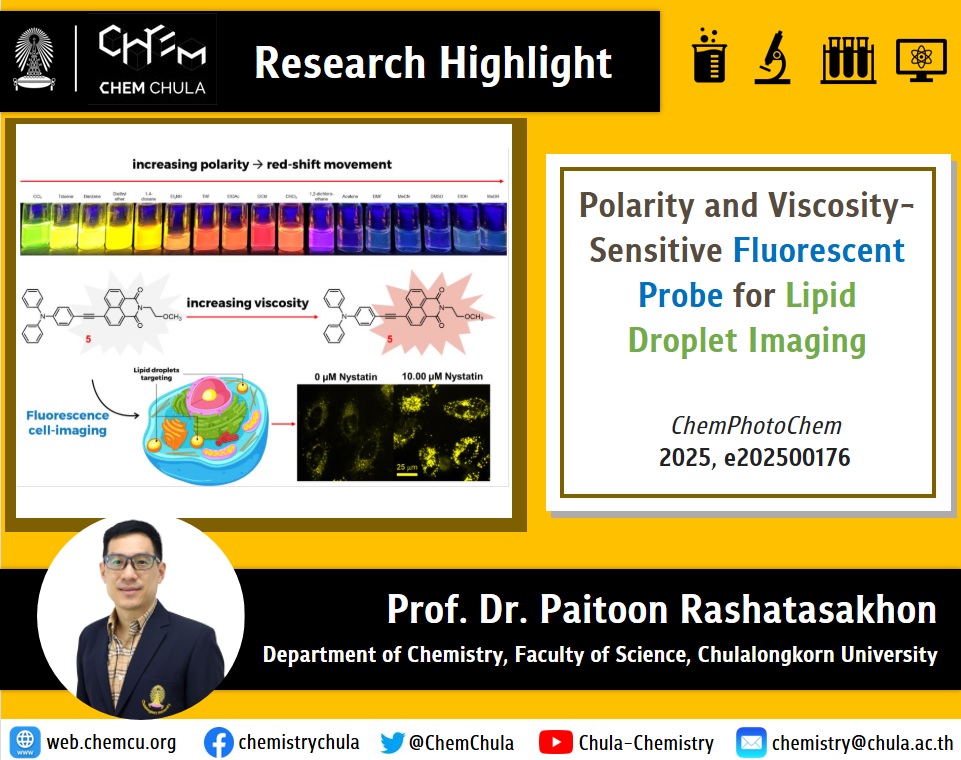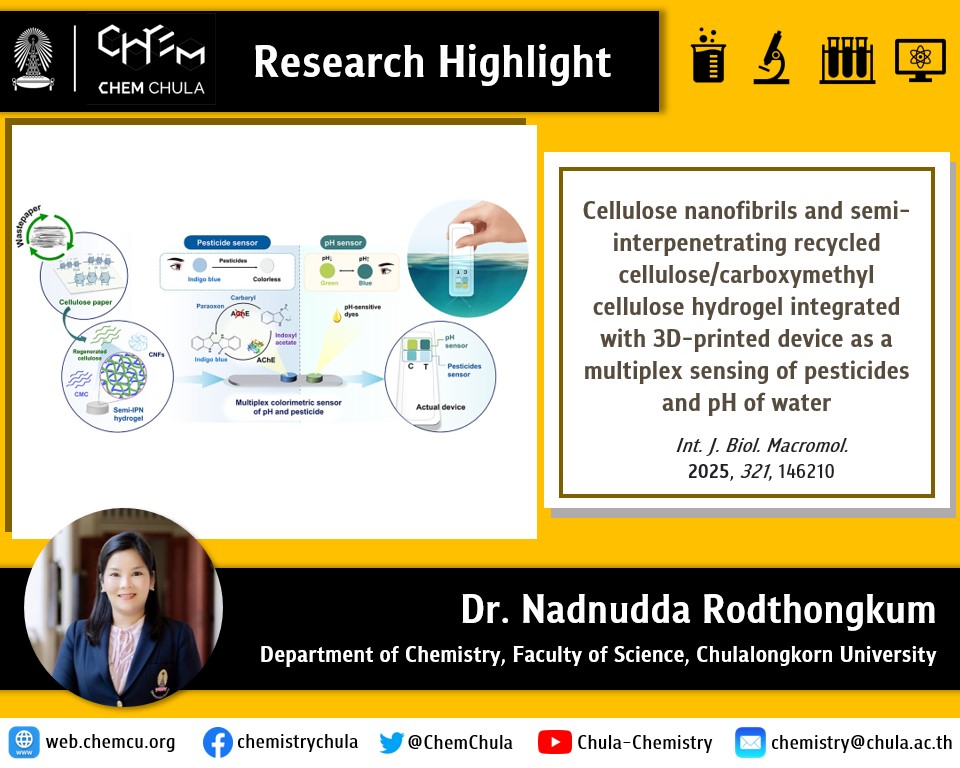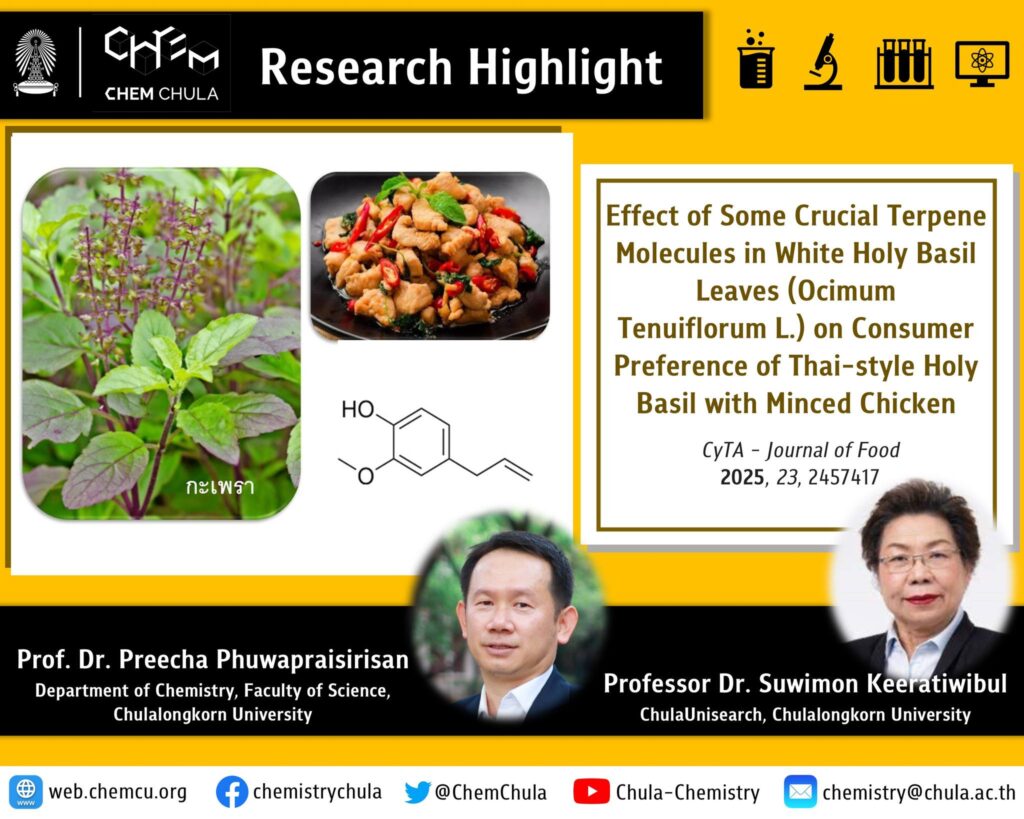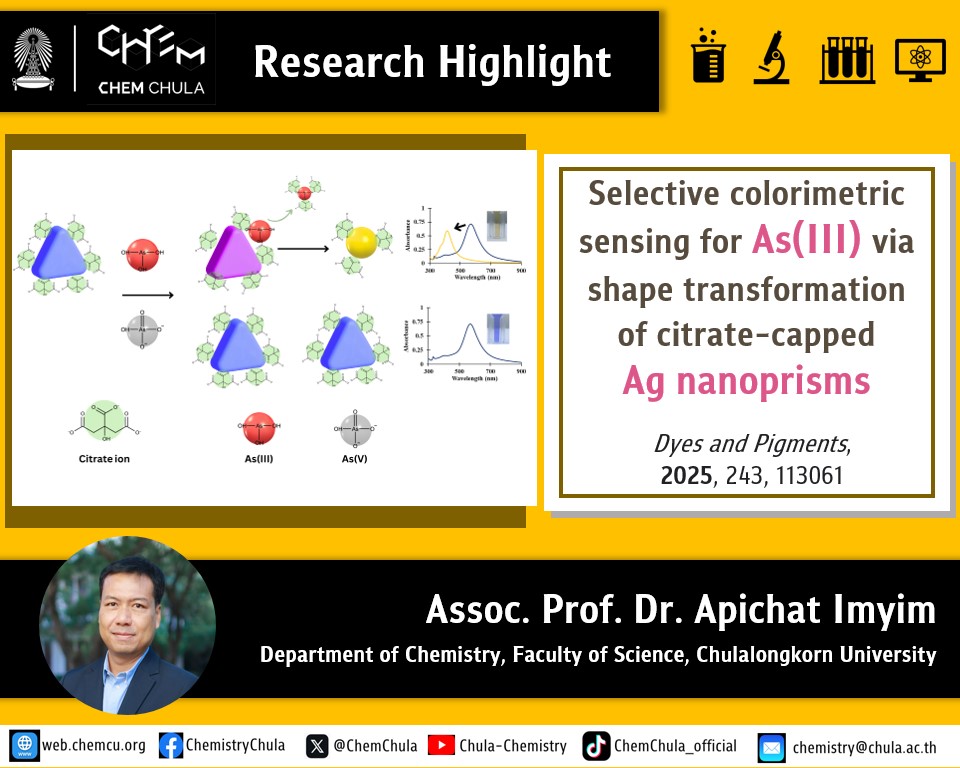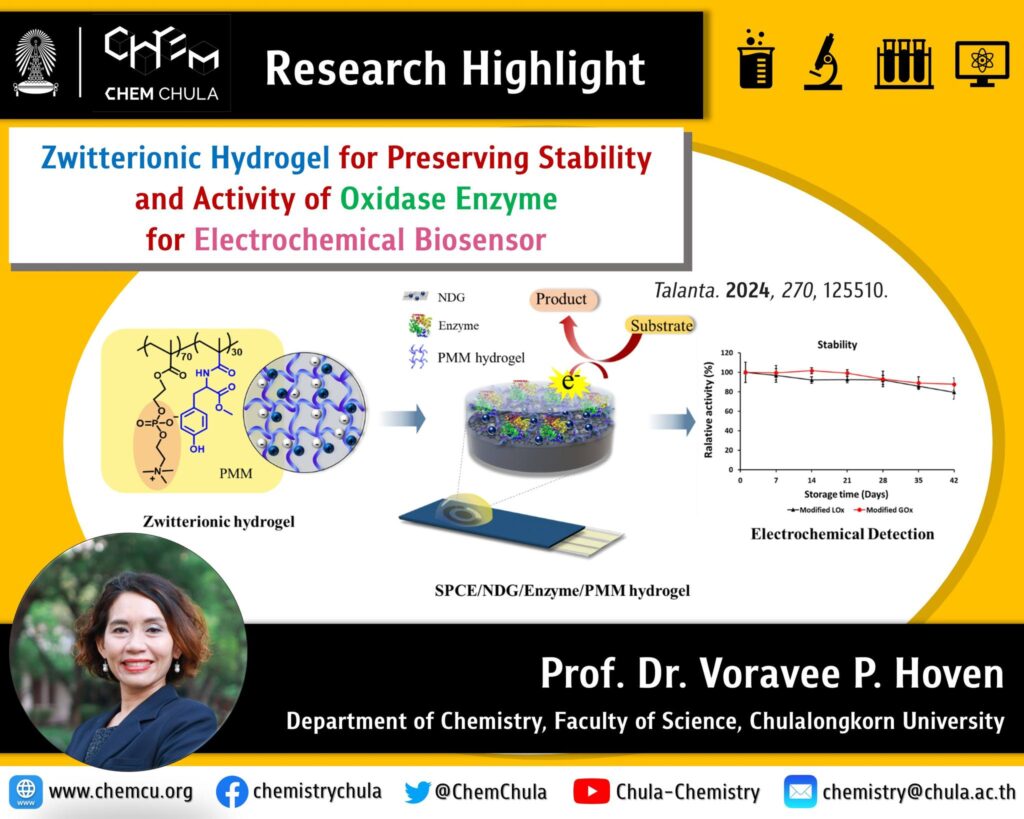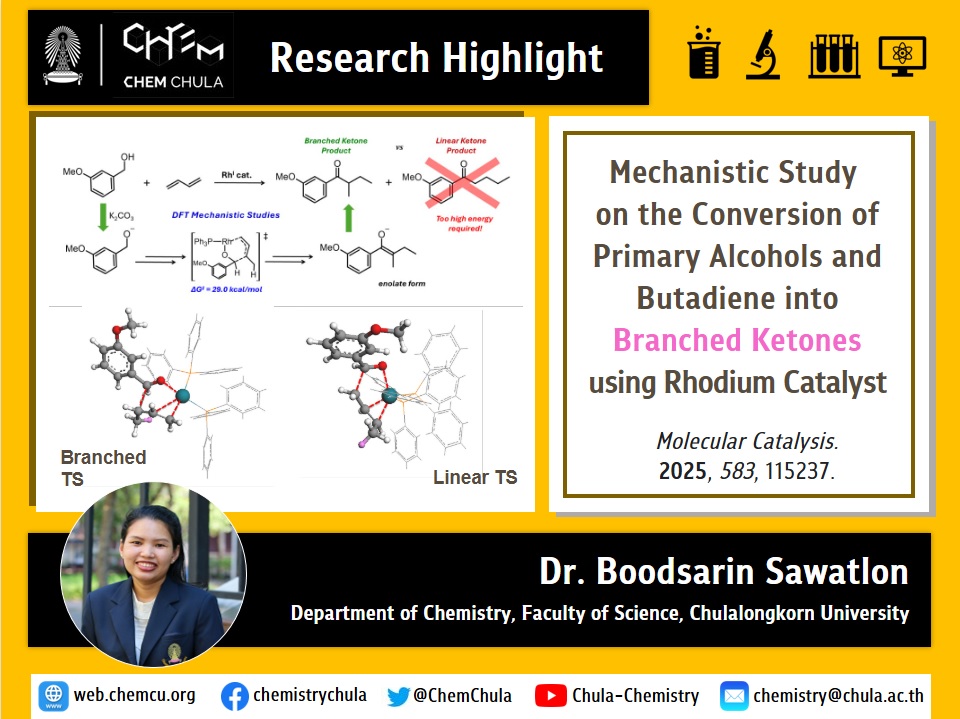A disubstituted aniline probe for enhanced peroxidase-based proximal protein labelling
Proteins are biomolecules essential for cellular functions, including cell signaling and regulation. Protein misfolding or mislocalisation can result in various diseases. Peroxidase-mediated proximity labelling has emerged as a powerful tool for studying subcellular proteome and protein–protein interactions. However, the traditional probe, biotin-phenol, suffers from limitations including low protein enrichment efficiency, and the formation of oxidised …
A disubstituted aniline probe for enhanced peroxidase-based proximal protein labelling Read More »
Polarity and Viscosity-Sensitive Fluorescent Probe for Lipid Droplet Imaging
This study presents a new fluorescent compound that responds sensitively to environmental polarity and viscosity. The compound is biocompatible, shows low toxicity, and selectively binds to lipid droplets in living cells, enabling precise monitoring of intracellular changes. These results highlight its potential as a powerful tool for exploring biological processes and microenvironmental properties. Read More …
Polarity and Viscosity-Sensitive Fluorescent Probe for Lipid Droplet Imaging Read More »
Smart 3D-Printed Hydrogel Sensor: Detecting Pesticides & Water pH with Cellulose Innovation
The escalating environmental and public health threats posed by pesticide-contaminated water sources and underutilized cellulose-rich waste demand urgent sustainable solutions. This study presents an eco-friendly multiplex colorimetric sensing platform that concurrently addresses these dual challenges by repurposing recycled cellulose derived from recycled office paper. The system integrates a 3D-printed cassette with a semi-interpenetrating polymer network …
Terpene Compounds in White Holy Basil Leaves on Consumer Preference for Chicken Stir-Fried with Holy Basil
Eugenol (clove-like odor), 3-hexenal (grassy, green odor), α-pinene (terpeny, herb, resin-like odour), trans-β-farnesene (floral, herb-terpeny odor), and caryophyllene oxide (citrus-like, woody, herb-terpeny odor) were identified as aroma-active compounds. The recombined flavor mixture enhanced the aroma of stir-fried chicken with white holy basil when combined with fresh leaves, as Thai consumers preferred this aroma over that …
Innovative and Affordable Arsenic Testing Using Silver Nanoprisms
Arsenic contamination in water is a serious environmental issue. To address this, researchers from the Environmental Analysis Research Unit (EARU) have developed a simple and highly sensitive color-based method to detect arsenic (As(III)) in water. This innovative approach uses silver nanoprisms coated with citrate, which visibly change color from blue to yellow when arsenic is …
Innovative and Affordable Arsenic Testing Using Silver Nanoprisms Read More »
Hydrogel for preserving activity of enzyme for electrochemical biosensor
Contemporary medical diagnosis relies on sensors, particularly enzyme-based electrochemical biosensors, to detect disease markers due to their high specificity and sensitivity. However, enzymes as biomolecules denature over time, causing the sensor being less reliable. This research aims to develop hydrogels capable of decreasing the rate of enzyme denaturation in order to extend a lifetime of …
Hydrogel for preserving activity of enzyme for electrochemical biosensor Read More »
Mechanistic study on the conversion of primary alcohols and butadiene into branched ketones using a rhodium catalyst
This work investigates the mechanism of a Rh(I)-catalyzed transformation of primary alcohols and butadiene into saturated branched ketones, without premetalated intermediates or external hydrogen sources. DFT calculations reveal a four-step pathway involving alcohol oxidation, butadiene hydrogenation, carbonyl addition, and intramolecular hydrogen transfer. The rate-determining step is the sterically hindered carbonyl addition, which also explains why …





